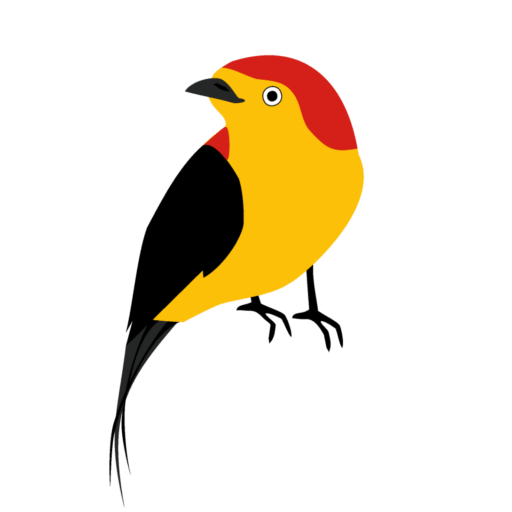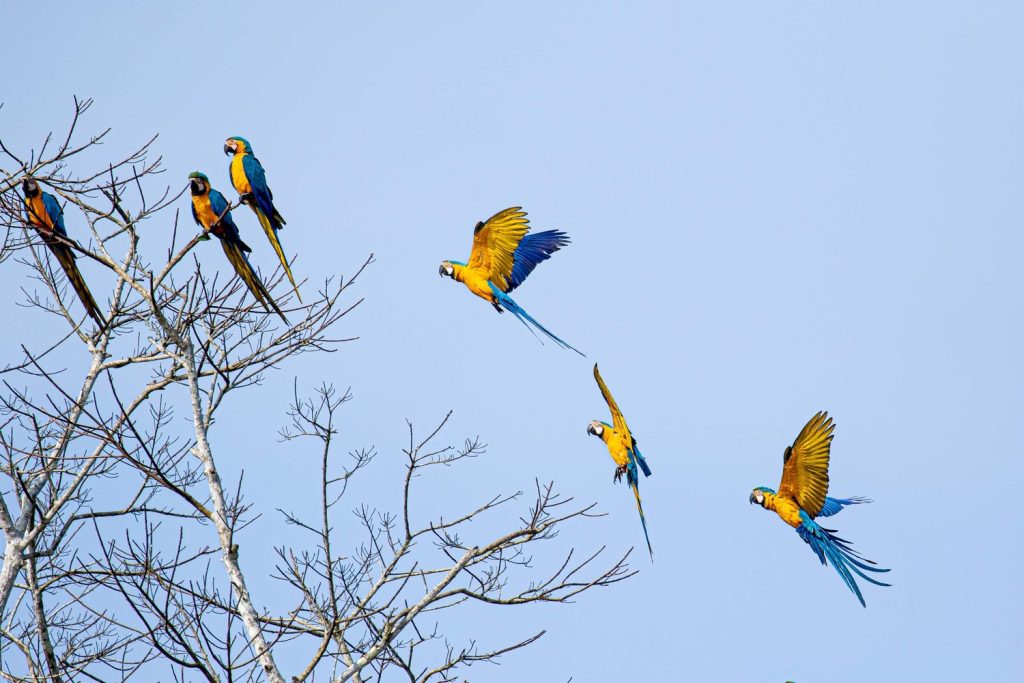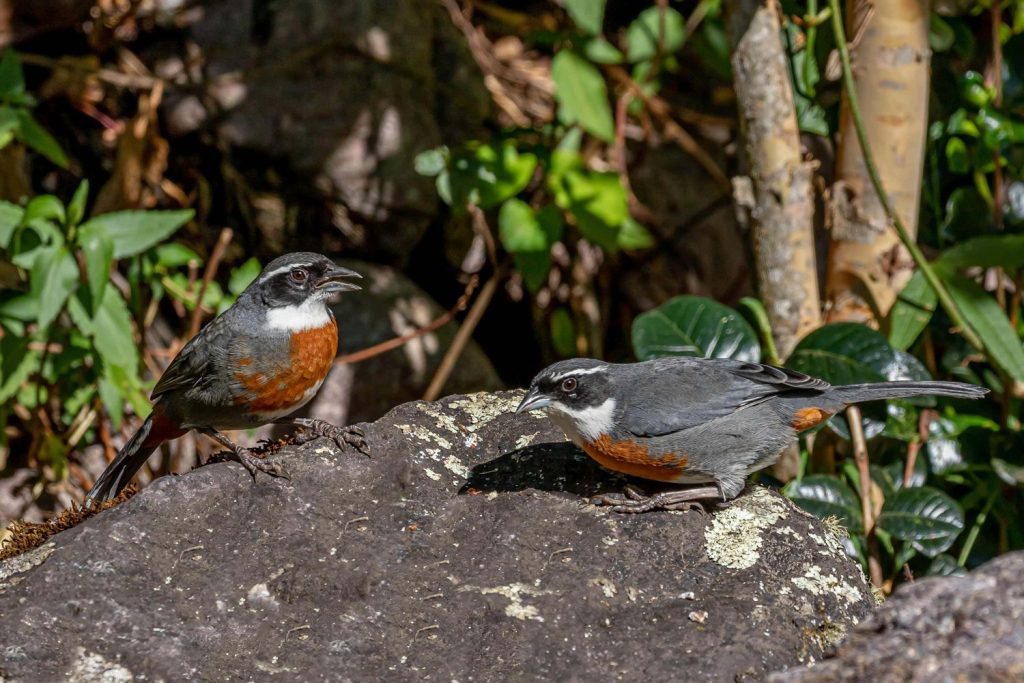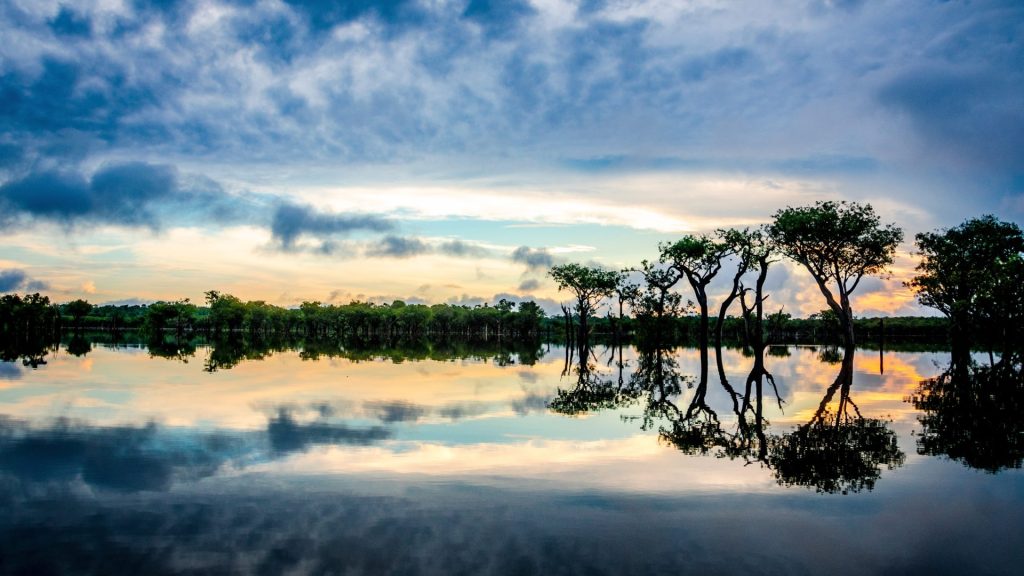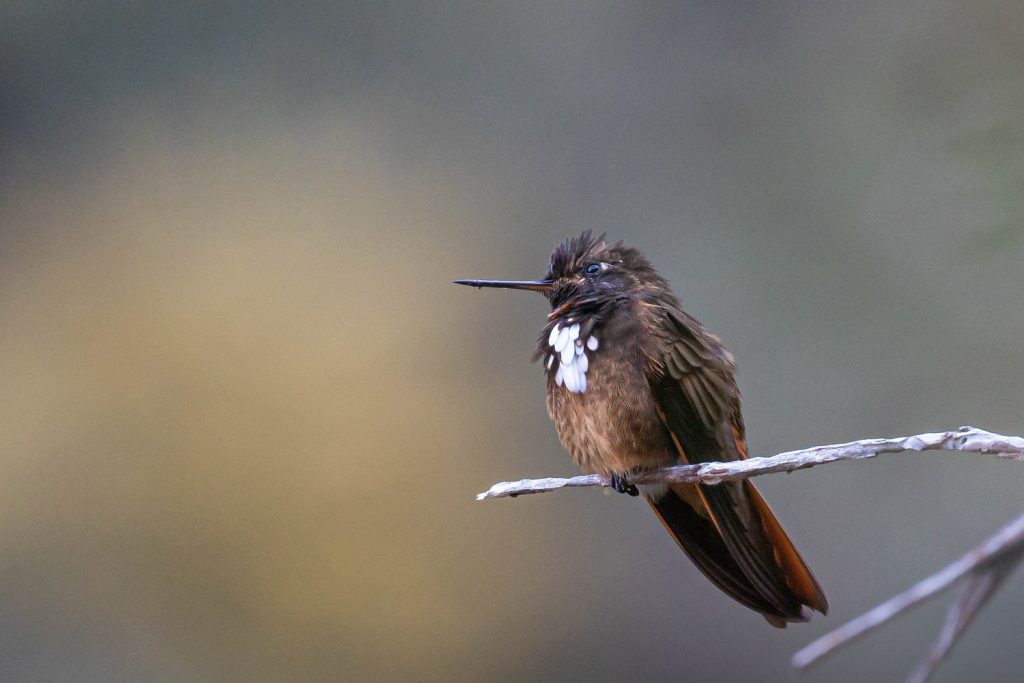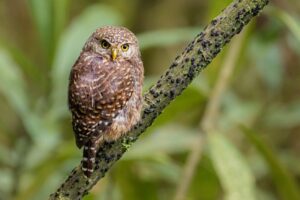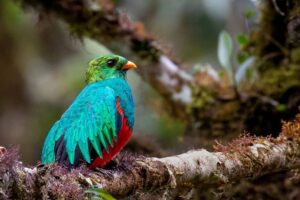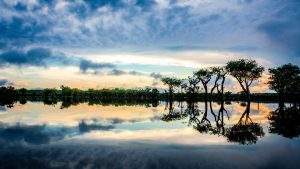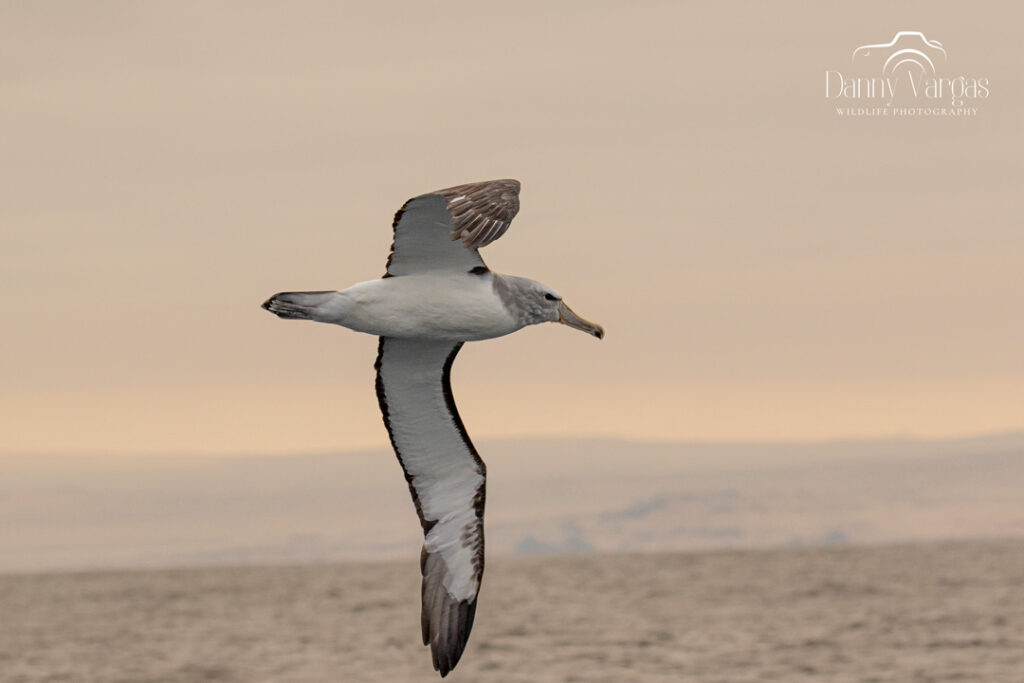It’s one more time for the world to turn binoculars towards the enchanting landscapes and birds of Peru on this October 14th, it’s an occasion to celebrate the country’s remarkable victory in the international Global Big Day, hosted by Cornell University and eBird. Surprisingly, Peru secured the coveted first place with a modest tally of 2,234 checklists, (United States boasted a staggering 35,935 submitted checklists). This astonishing feat underscores Peru’s undeniable status as a birding paradise. Nestled within its stunning natural beauty and historic archaeological treasures, this South American nation stands as an insurmountable destination for birding enthusiasts.


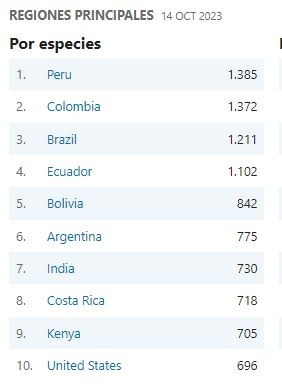
Peru: Where Birding Possibilities Soar
Peru’s victory in the Global Big Day is a testament to its unparalleled biodiversity and diverse ecosystems. With 1,385 bird species recorded only on October 14th, including many endemics found nowhere else on Earth, Peru’s unique geography, encompassing the Andes Mountains, the Amazon Rainforest, and the Pacific Coast, offers birdwatchers an unrivaled opportunity to witness nature’s avian marvels. Beyond the feathered treasures, Peru’s historic gems, such as Machu Picchu, the Inca Trail, and Manu National Park, add an extra layer of enchantment to the birding experience, making this nation a true gem for those who appreciate both the natural and cultural wonders of our world.
The history of birdwatching
The history of birdwatching, or the observation of birds, spans centuries and reflects humanity’s enduring fascination with the avian world. While the origins of birdwatching can be traced back to ancient civilizations, the modern practice of ornithology and birdwatching began to take shape in the 18th and 19th centuries.
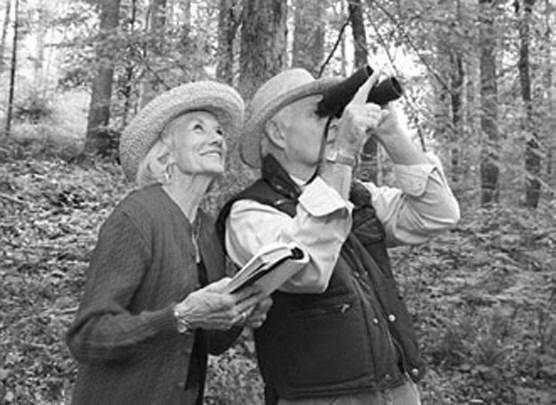
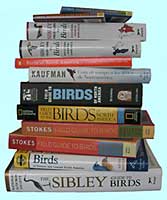

- Early Origins: The earliest recorded instances of birdwatching can be found in the works of ancient civilizations. The Greeks and Romans, for instance, studied birds for both scientific and recreational purposes. Aristotle, one of history’s greatest naturalists, documented bird behavior and characteristics in his extensive writings.
- The Enlightenment Era: The 18th century witnessed a surge in scientific interest in birds. Pioneering naturalists like John James Audubon, a Franco-American ornithologist, and Sir Joseph Banks, a British botanist, traveled the world to document and describe various bird species. Audubon’s extensive illustrations of North American birds, published in «The Birds of America,» remain iconic in ornithological history.
- The Rise of Field Guides: The 19th century brought the development of field guides, which became essential tools for birdwatchers. Roger Tory Peterson’s «A Field Guide to the Birds» (1934) is often credited with revolutionizing birdwatching by introducing the innovative system of visually identifying birds based on field marks. For our recomendations about which Field Guides you should use for Birding in Peru see here.
- The Emergence of Bird Clubs and Organizations: Birdwatching as a hobby gained significant momentum during the 20th century, with the establishment of various bird clubs and organizations, such as the Royal Society for the Protection of Birds (RSPB) in the United Kingdom and the National Audubon Society in the United States. These organizations not only promoted birdwatching but also played critical roles in bird conservation.
- Modern Birdwatching: Today, birdwatching has become a global pastime, enjoyed by millions of people of all ages. The advent of digital photography and online communities has facilitated the sharing of bird sightings, making it easier for enthusiasts to connect and learn from one another. Birdwatching has also played a vital role in raising awareness about conservation issues, including habitat loss, climate change, and the protection of endangered species.
In recent years, the practice of birdwatching has gained further momentum due to events like the Global Big Day, which encourages people from all walks of life to come together and celebrate the beauty and importance of birds. The rich history of birdwatching continues to shape our understanding of avian life while highlighting the urgent need for bird conservation in the face of environmental challenges.

But, what is the Global Big Day?
Every year, bird enthusiasts from around the world come together to celebrate their passion for avian wonders in a remarkable event known as the «Global Big Day.» This extraordinary day, dedicated to the appreciation and documentation of birds, transcends borders and unites people in a shared love for the feathered inhabitants of our planet. It’s a day when binoculars, field guides, and camera lenses are poised, and a sense of excitement fills the air as participants embark on a quest to spot and identify as many bird species as possible. The Global Big Day is more than just a birdwatching event; it’s a global phenomenon that highlights the beauty and importance of birds while contributing valuable data to ornithology and conservation efforts. In this introduction, we’ll delve deeper into the significance of the Global Big Day, its history, and how it continues to bring people together to celebrate the rich diversity of our winged friends. You can find more information here.
eBird and Cornell University: Advancing Birdwatching and Ornithology
eBird, a revolutionary citizen science project, and Cornell University have formed a powerful partnership that has transformed the way birdwatchers worldwide contribute to ornithology, conservation, and science. This collaboration has enabled bird enthusiasts to play a significant role in advancing our knowledge of bird populations and distribution.
eBird: Launched in 2002, eBird is an online platform that allows birdwatchers and ornithologists to record their bird observations and share them with a global community. This free, user-friendly tool has made it easier than ever for individuals to document their sightings, whether they are casual birdwatchers or seasoned ornithologists.
Participants can log their sightings via the eBird website or mobile app, and their contributions are invaluable. Not only does eBird help birders keep personal records, but it also compiles all the data into a massive open-access database, accessible to scientists, conservationists, and the public.
- Cornell University: Cornell University, renowned for its contributions to ornithology and environmental science, is the institutional home of eBird. The Cornell Lab of Ornithology, a leader in the study of birds, manages the eBird program. This partnership has added a level of scientific credibility and expertise to the eBird project, ensuring that the data collected is of the highest quality and can be used for scientific research.
- Advancing Birdwatching and Conservation: The collaboration between eBird and Cornell University has been a game-changer for birdwatchers and scientists alike. Here are some of the key ways in which this partnership has advanced the field of ornithology:
- Scientific Research: The data collected through eBird has been instrumental in various scientific studies. It has provided insights into bird migrations, climate change impacts on bird populations, and the distribution of rare and endangered species.
- Community Engagement: eBird has fostered a global community of birdwatchers who share their passion for birds and contribute to important conservation efforts. Birdwatchers can explore data, find birding hotspots, and connect with others who share their interests.
- Conservation: eBird data is vital for conservation efforts. It helps organizations and governments make informed decisions about the protection of critical bird habitats and the implementation of conservation initiatives.
- Education: Cornell University and eBird offer educational resources and materials for bird enthusiasts of all ages. These resources support birdwatchers in developing their identification skills and understanding the significance of their observations.
The partnership between eBird and Cornell University exemplifies how technology, science, and community engagement can come together to enhance our understanding of the natural world and contribute to its preservation. Birdwatchers, scientists, and conservationists now have a powerful tool at their disposal, and this partnership continues to inspire and empower bird lovers around the globe.
Peru: A Birdwatcher’s Paradise
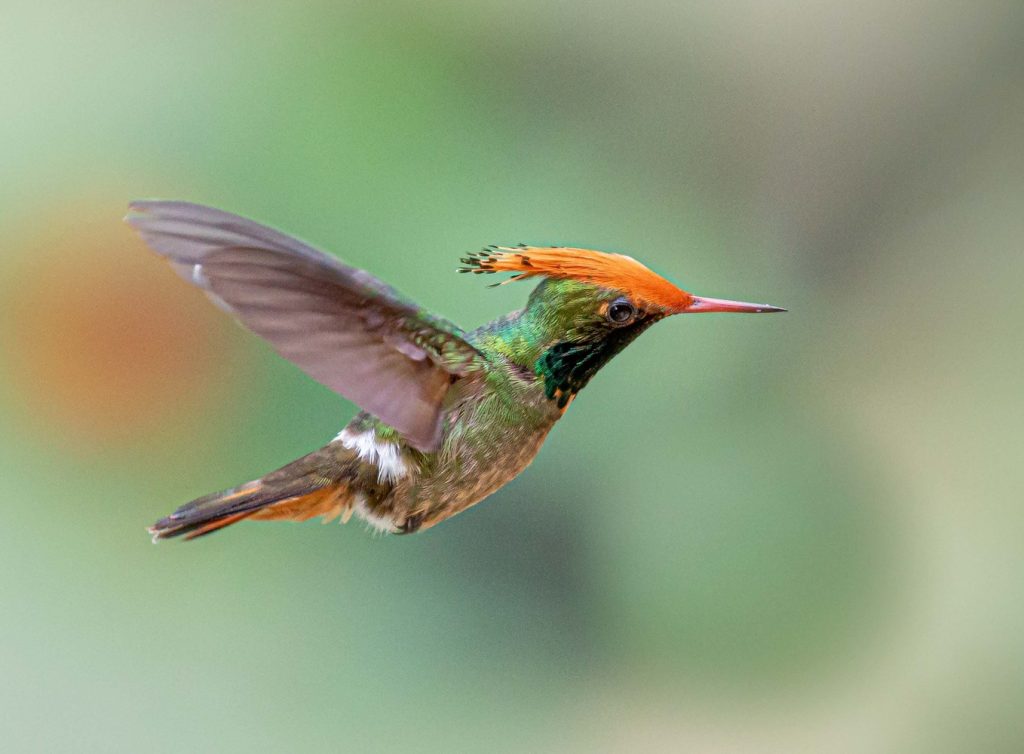
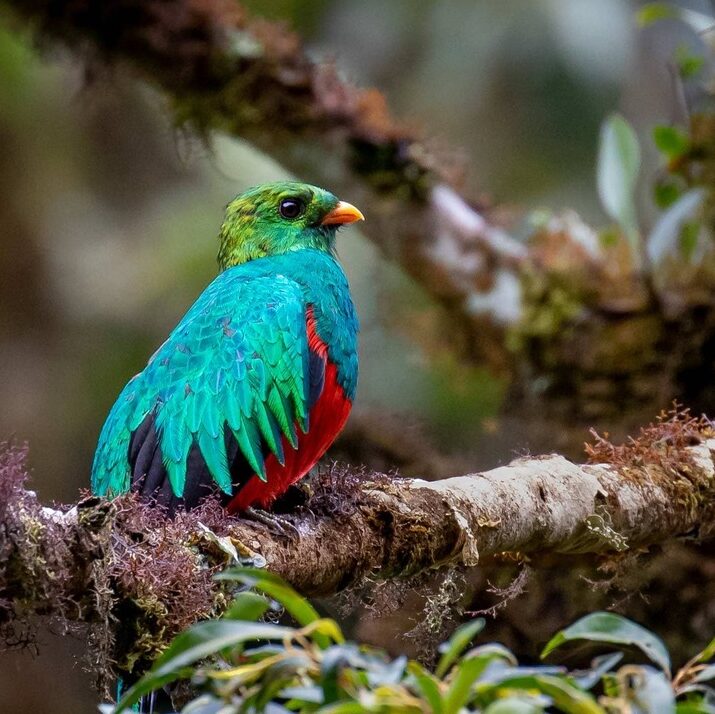
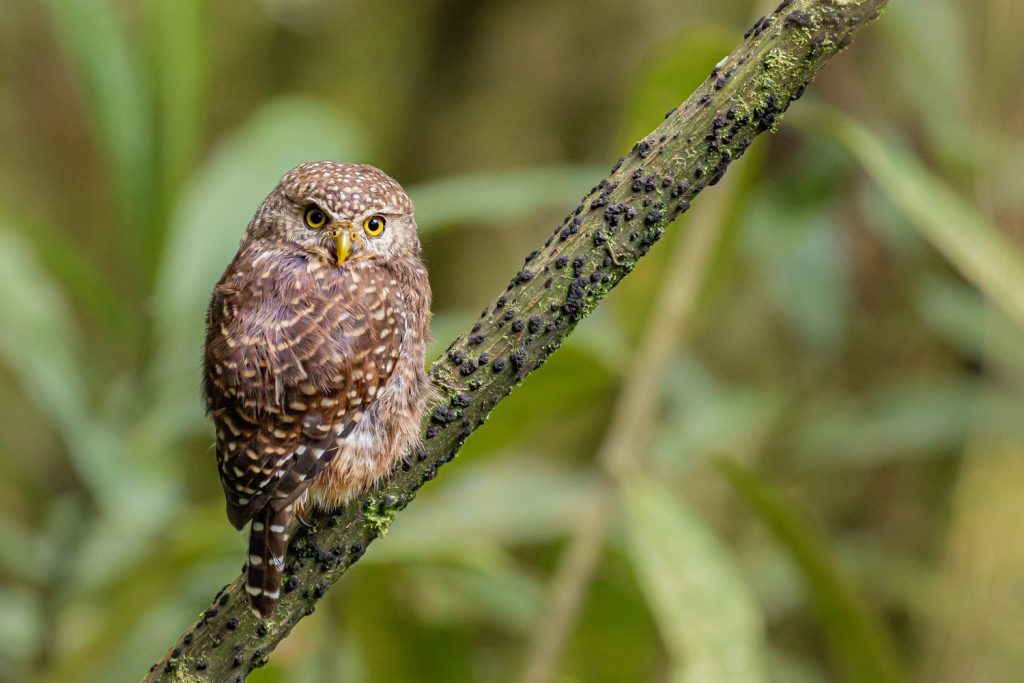
Peru, often referred to as the «Land of the Incas,» is not only celebrated for its rich history and stunning landscapes but is also renowned as one of the best places for birdwatching in the world. This South American country’s exceptional biodiversity and diverse ecosystems make it a true paradise for bird enthusiasts. Here are some of the reasons why Peru stands out as a premier destination for birdwatching:
- Endemic Species: Peru is home to 117+ endemic bird species that cannot be found anywhere else in the world. These rare and specialized birds, such as the Marvellous Spatuletail, Scarlet-banded Barbet, and the Inca Wren, make Peru a must-visit destination for serious birdwatchers. If you are interested specifically on the Peruvian Endemics see here.
- Breathtaking Biodiversity: Peru’s unique geographical features, including the Andes Mountains, the Amazon Rainforest, and the Pacific Coast, create a range of habitats that support an astonishing diversity of bird species. From the stunning Cock of the Rock, colorful parrots to elusive antpittas, Peru offers an unparalleled opportunity to spot a vast array of birds.
- Manu National Park: Located in southeastern Peru, Manu National Park is a UNESCO World Heritage Site and Biosphere Reserve. It is one of the most biodiverse places on the planet, with over 1,000 bird species. The park’s remote and pristine rainforests offer birdwatchers a chance to observe elusive and rare species. See more here.
- Machu Picchu and the Inca Trail: While famous for its ancient ruins, the Machu Picchu area is also a prime birdwatching location. The Inca Trail leading to Machu Picchu offers birdwatchers the opportunity to see high-altitude species, including Inca Wren and Cock of the Rock. See more here.
- Cusco and the Sacred Valley: The historic city of Cusco and its surrounding Sacred Valley are not only culturally significant but also offer diverse birdwatching opportunities. The region’s temperate forests and archaeological sites provide habitats for a wide range of bird species. See more about Cusco and Sacred Valley.
- Manu Road: This renowned birding route takes enthusiasts through cloud forests, paramo grasslands, and lowland rainforests, offering a chance to spot a tremendous variety of birds, including numerous hummingbirds and tanagers. See more here.
- Northern Road: Possibly the best birding road in the world? North Peru gives you the chance of covering, from Coastal habitats, intermountain valleys, dry Marañon, Paramo, Cloudforest, foothills and Lowland rainforest, all in one trip. Excellent bird feeders and hummingbird gardens attract the main targets in the region, combining diversity, endemism and beauty. See more here.
- Knowledgeable Local Guides: Peru boasts a community of expert birdwatching guides who are intimately familiar with the country’s avian treasures. Their expertise and passion for birdwatching enhance the birding experience for visitors. See our team here.
- Conservation Efforts: Peru has made significant strides in protecting its natural landscapes and biodiversity, with several national parks and reserves dedicated to bird conservation. By visiting these areas, birdwatchers contribute to the conservation of important habitats.
Peru’s remarkable combination of landscapes, biodiversity, and a rich cultural heritage creates a truly unique birdwatching experience. Whether you’re an avid birder or simply appreciate the beauty of these feathered wonders, Peru offers an opportunity to connect with nature and explore the fascinating world of birds in an unparalleled setting. It’s no wonder that Peru has secured its place as one of the world’s best destinations for birdwatching.


